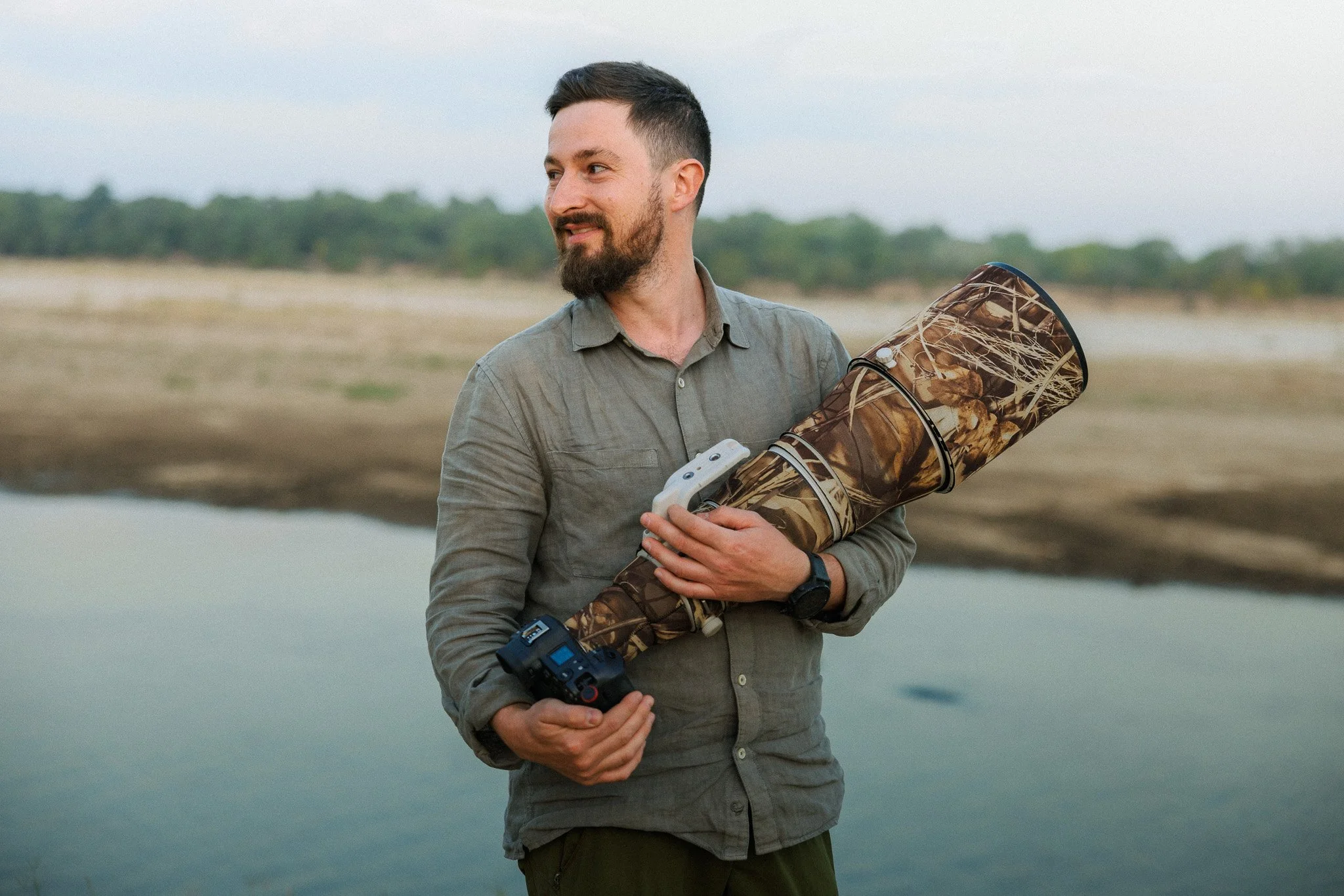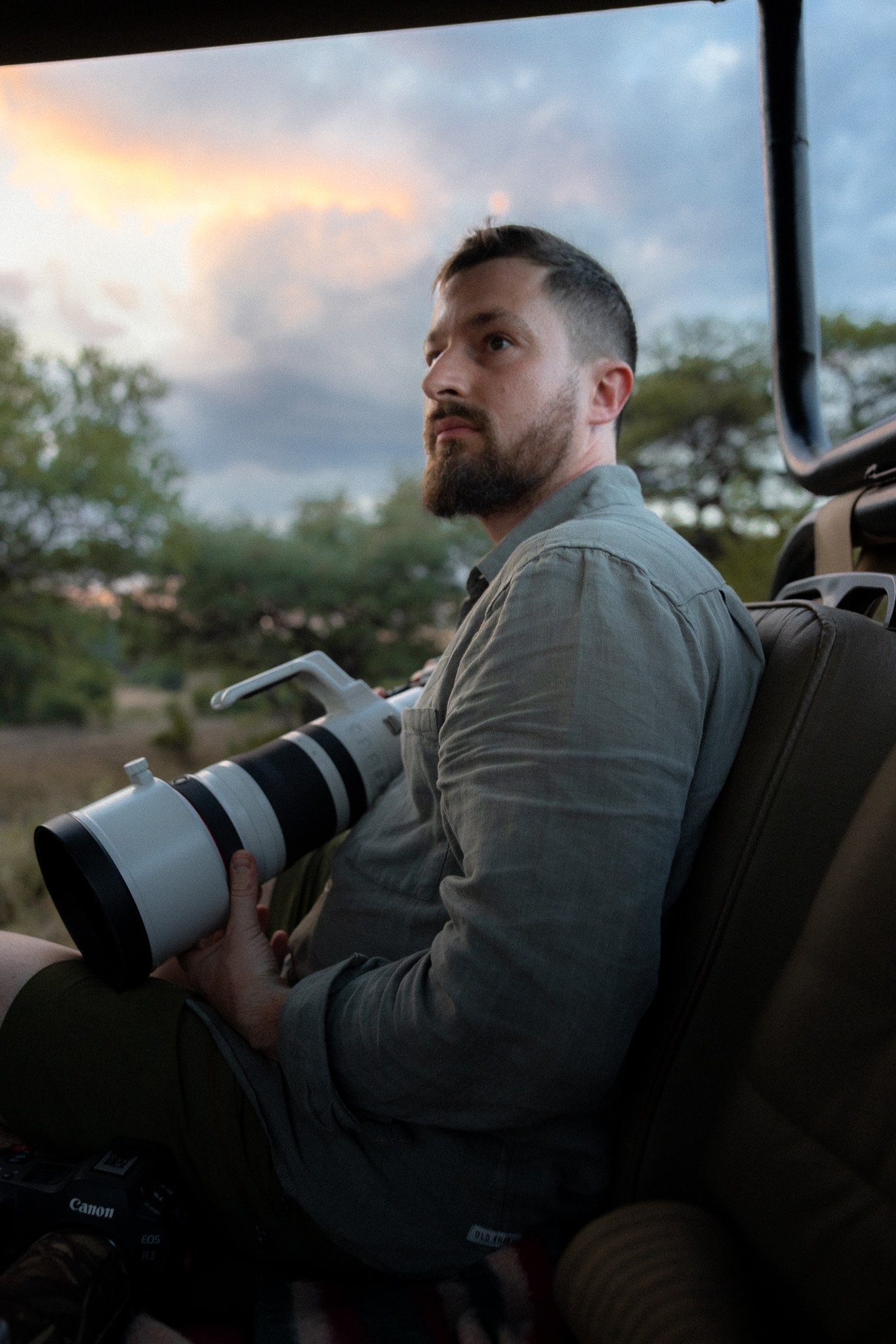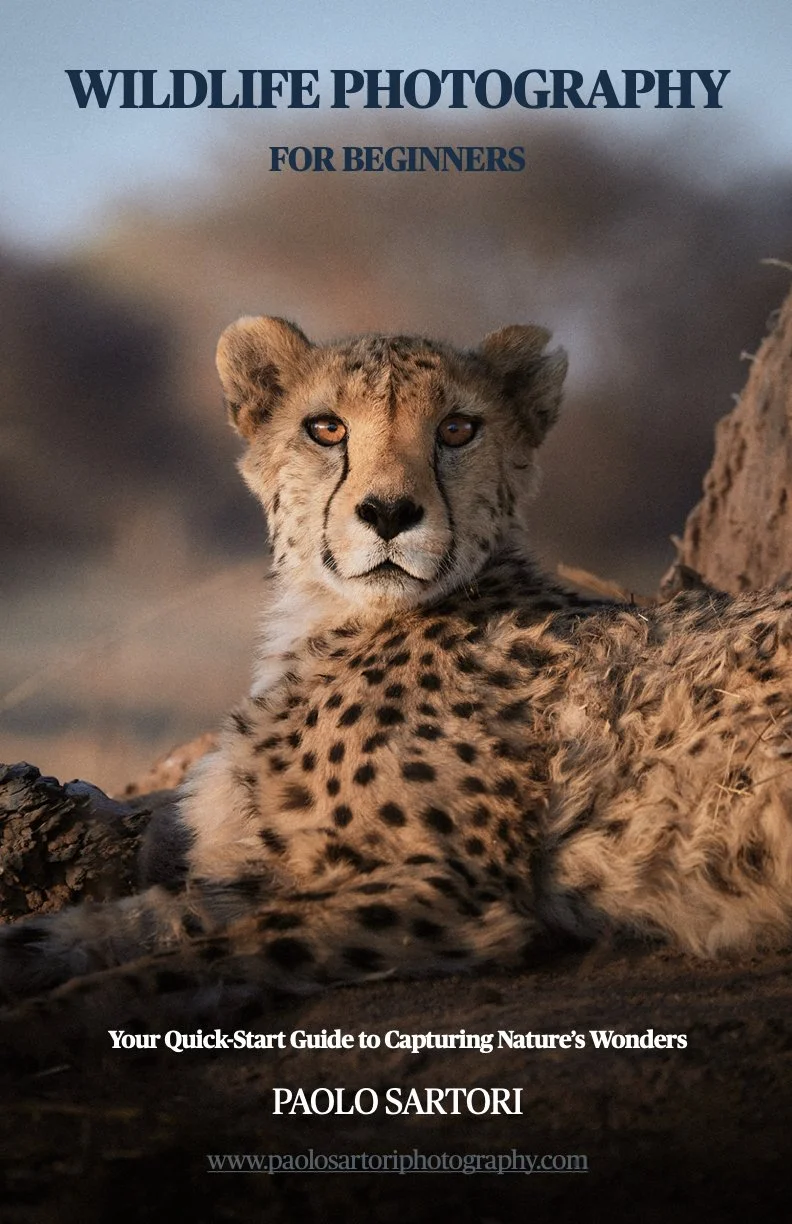If you'd told me ten years ago that I'd be spending most of my time bouncing around remote corners of Africa with thousands of euros worth of camera gear rattling in the back of a dusty 4x4, I would’ve probably laughed. But here we are. After countless safaris — some solo, some guided, some sleeping in rooftop tents with hyenas pacing outside — I’ve narrowed down what really works when it comes to safari photography gear. Whether you’re just dipping your toes into wildlife photography or you’re deep into it and trying to refine your pro kit, this post is for you.
With R3+600 f4 in South Luangwa NP, Zambia 2025
Let’s break it down into real-world tiers: budget, intermediate, and pro. Because let’s face it — your camera setup needs to reflect not just your wallet, but your goals, shooting style, and the type of safari you're on.
Budget Setup: The Safari First-Timer Who Means Business
A budget setup doesn’t mean "cheap." It means smart. You're after something lightweight, versatile, and durable — because the bush doesn’t care how much you spent.
For 2025, my top recommendation in this category is the Canon R7 paired with the RF 100-400mm f/5.6-8 IS USM. The R7 has a crop sensor, which means that 400mm suddenly acts more like 640mm. That’s a big win for wildlife. It's got excellent autofocus, solid burst speed (15 fps mechanical), and it's lightweight — which your arms will thank you for after a few days of handheld tracking.
Alternative setups?
Sony a6700 + 70-350mm f/4.5-6.3 G
Nikon Z50 + 100-400mm f/4.5-5.6
What you’ll miss here is low-light performance and that creamy shallow depth of field. But the reach and versatility are hard to beat. Add a sturdy bean bag for support on vehicle doors or window sills, and you're set.
Tips learned the hard way: Always carry a lens cloth in your pocket. I once lost an entire morning’s shoot in Chobe because of a dusty back element I didn’t notice until later.
Sunset along the Chobe river, Botswana, May 2025.
📅 Want in on my next off-grid photo expedition?
Check out the upcoming trips!
Mid-Range Setup: The Enthusiast Level-Up
If you've done a few trips and want to up your game — maybe even start selling prints or pitching stories — the mid-range gear is where magic really starts to happen. Think faster autofocus, better weather sealing, and more flexibility.
My go-to recommendation here is the Canon R6 Mark II with the RF 100-500mm f/4.5-7.1L IS USM. That combo is gold. The lens is sharp across the range, and the R6 II delivers stellar image quality with great dynamic range and tracking. Bonus: it's full frame, which adds a little magic to your backgrounds.
Other killer setups?
Sony A7 IV + 200-600mm f/5.6-6.3 G OSS
Nikon Z6 II + Z 100-400mm f/4.5-5.6 VR S
With these, you can shoot low-light lions at dawn, fast-moving birds mid-flight, and everything in between. Just make sure you bring at least two extra batteries, because mirrorless bodies are hungry, especially if you shoot videos as well.
Pro Setup: The No-Compromise Rig
With R5+100-300 f2.8, South Luangwa NP.
Alright, this one’s for the hardcore. You’re either a working pro or someone who takes their craft (and their gear) very seriously. You want tack-sharp images, the best possible low-light performance, and gear that can take a beating.
My personal favorite for 2025: Canon R5 + RF 100-300 f/2.8 L IS USM, sometimes with a 1.4x TC. This setup is fast, bright, responsive, and the bokeh is just... dreamy. I then add a second body: Canon R3 + RF 600 f/4 L IS USM. This way I can leverage the flexibility and high res of the R5 for wider scenes and environmental portraits, while making the most of the R3 speed when it comes to action closeups and small birds.
Other top-tier combos?
Sony A1 + 600mm f/4 GM OSS
Nikon Z9 + 600mm f/4 TC VR S
But here’s the truth: this kind of gear is unforgiving. It’s big, it’s expensive, and if you’re not ready to manage the logistics (air travel, bush dust, vehicle mounting), it can become a burden.
📸 Want to see how I travel with big lenses?
Pro tip: Bring a second body with a zoom. If I had to go with only one lens, would probably be the 100-500mm on the R3. That way I can cover wide scenes and environmental portraits without swapping lenses.
African fish eagle, Khwai Community Concession, Botswana, May 2025.
Accessories That Matter (Regardless of Budget)
Bean Bag or Clamp Mount: Essential. Tripods are useless in a moving vehicle.
Dust protection: I pack dry bags and silicon pouches for my gear. Safari dust doesn’t play.
Power bank or solar kit: Especially for wild camping safaris. I use a Goal Zero Sherpa 100 + solar panel.
Multiple memory cards: Always rotate them and never rely on just one. CFexpress for main, SD for backup.
Microfiber cloths & blower: I bring at least three cloths, a Giottos Rocket Blower and a battery powered blower. Don’t skimp here.
🦁 Ready for your first real safari?
Avoid these 5 beginner mistakes!
Final Thoughts: Match the Gear to the Mission
In the end, the best safari setup in 2025 isn’t the most expensive one — it’s the one that fits you. Your style, your budget, your muscle memory. I’ve captured some of my favorite moments on modest gear, and some technically perfect yet soulless frames on top-tier equipment. The magic happens when your gear disappears and you’re just... there, with the animal, in the moment.
















